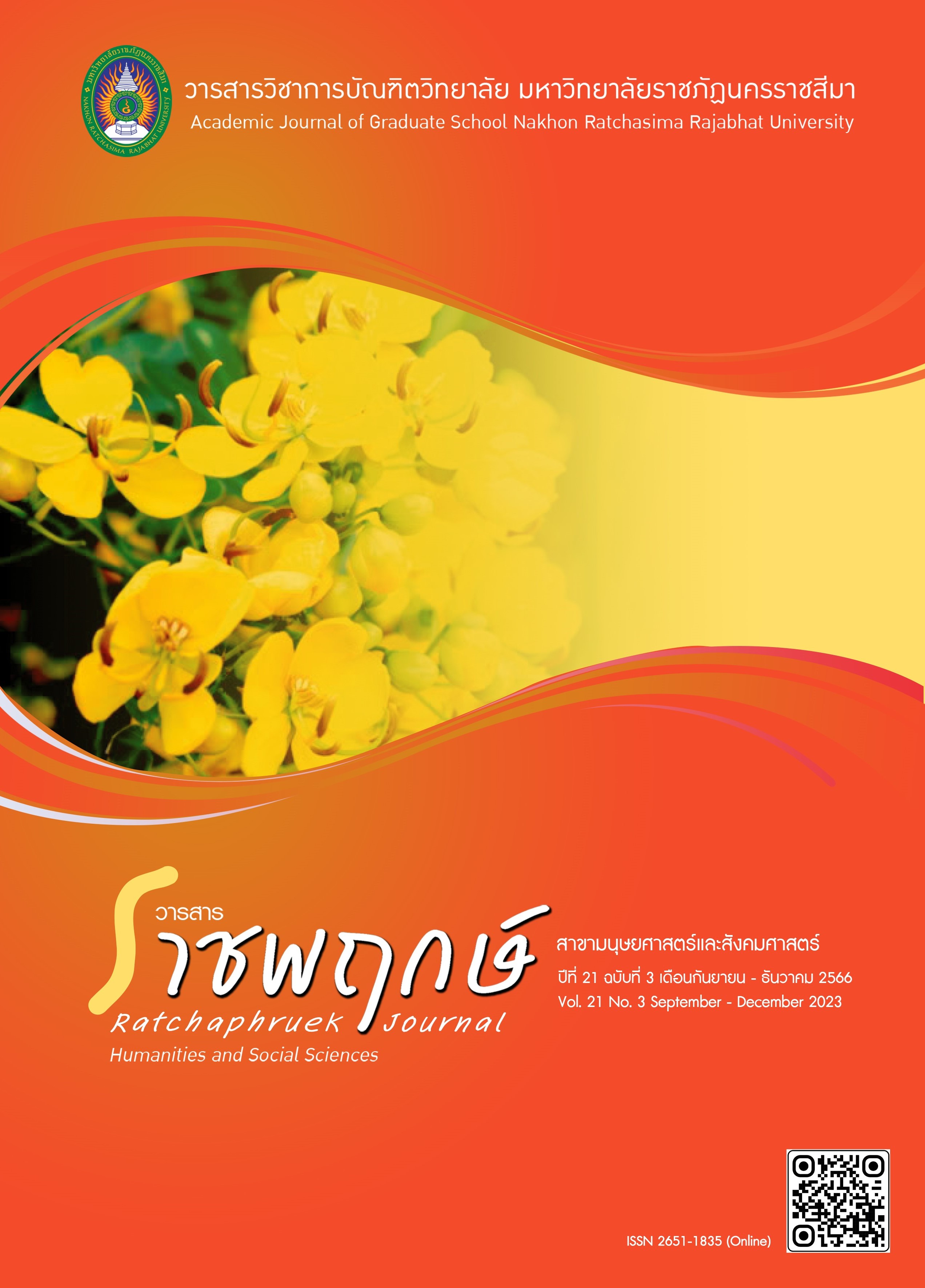Creating Networks of Social Innovation for the Elderly with Communities as Foundations: A Case Study of Chedi Hak, Mueang, Ratchaburi
Main Article Content
Abstract
The purposes of this research were to: 1) study the knowledge in the context of the area, society, and culture of the aging, 2) synthesize the knowledge, society, and culture of the aging, and 3) create a social innovation network for the aging with community as the foundation. This research was conducted by using qualitative research methodology starting with in-depth interviews. The research process was divided into 3 phases; Phase 1: visiting the area to study the knowledge from personnel of local government organizations, Phase 2: synthesize the knowledge, society, and culture from the folk philosophers, and Phase 3: creating a social innovation network for the elderly from representatives of the elderly and the youth. The researchers used snowball sampling or chain sampling.
The results show that 1) area context about knowledge, society, and culture of aging can be divided into 5 areas as follows: food and health, arts and crafts, culture and tradition, agriculture, and the way of life of the community, 2) The results of synthesize the knowledge, society, and culture by using the P.O.I.N.T concept, it was found that 2.1) Problems (P): Lack of a platform to show the potential of the elderly, 2.2) Opportunity (O): Having a network of the elderly to create wisdom, 2.3) Insight (I): Elderly in the community lack interaction, 2.4) Needs (N): Space for various activities, and 2.5) Interesting issues (T): Building relationships among the elderly in the area, and 3) Results of creating a social innovation elderly network with a channel to communicate with the community as a sustainable foundation.
Article Details

This work is licensed under a Creative Commons Attribution-NonCommercial-NoDerivatives 4.0 International License.
References
กรมการปกครอง. (2566). จำนวนผู้สูงอายุไทยจำแนกตามจังหวัด. สืบค้นเมื่อ 30 มิถุนายน 2566, จาก https://www.dop.go.th/th/statistics_side?content=1&sub=2
กรมกิจการผู้สูงวัย. (2565). สถิติผู้สูงอายุไทย ปี 2565. สืบค้นเมื่อ 20 สิงหาคม 2566, จาก https://www.dop.go.th/th/know/side/1/1/1962
ไปรมา อิศรเสนา ณ อยุธยา และชูจิต ตรีรัตนพันธ์. (2560). Design thinking: Learning by doing การคิดเชิงออกแบบ: เรียนรู้ด้วยการลงมือทำ. กรุงเทพฯ: ศูนย์สร้างสรรค์งานออกแบบ (TCDC).
พระมหาสุเทพ สุปณฺฑิโต และคณะ. (2562). การวิจัยและพัฒนาพระนิสิตธรรมทายาทภาคตะวันออกเฉียงเหนือ. วารสารวิทยาลัยสงฆ์นครลำปาง, 8(1), น. 1-10.
สิรินธร สินจินดาวงศ์, รณิดา นุชนิยม และกรกฎ ผกาแก้ว (2565). การจัดการเผยแพร่ภูมิปัญญาของผู้สูงวัย ในพื้นที่จังหวัดปทุมธานี ผ่านแพลตฟอร์มสื่อสังคมออนไลน์. วารสารสหศาสตร์ศรีปทุม ชลบุรี, 8(2), น. 52-64.
อุทิศ บำรุงชีพ, พักตร์วิภา โพธิ์ศรี, ลัดดาวัลย์ พุทธรักษา, อรพินท์ หลักแหลม, ศราวิน เทพสถิตย์ภรณ์, ปริญญา เรืองทิพย์ และกนก พานทอง. (2565). การพัฒนารูปแบบศูนย์วิจัยนวัตกรรมและฝึกอบรมเพื่อสืบสานภูมิปัญญาผู้สูงอายุสู่เศรษฐกิจสร้างสรรค์ในเขตพัฒนาพิเศษภาคตะวันออก. วารสารนวัตกรรมการจัดการศึกษาและการวิจัย, 4(2), น. 189-204.
Dweck, C. S. (2006). Mindset: The new psychology of success. New York: Random House.
Standford, d. School. (2010). An Introduction to Design Thinking PROCESS GUIDE. CA: Institute of Design at Stanford.


